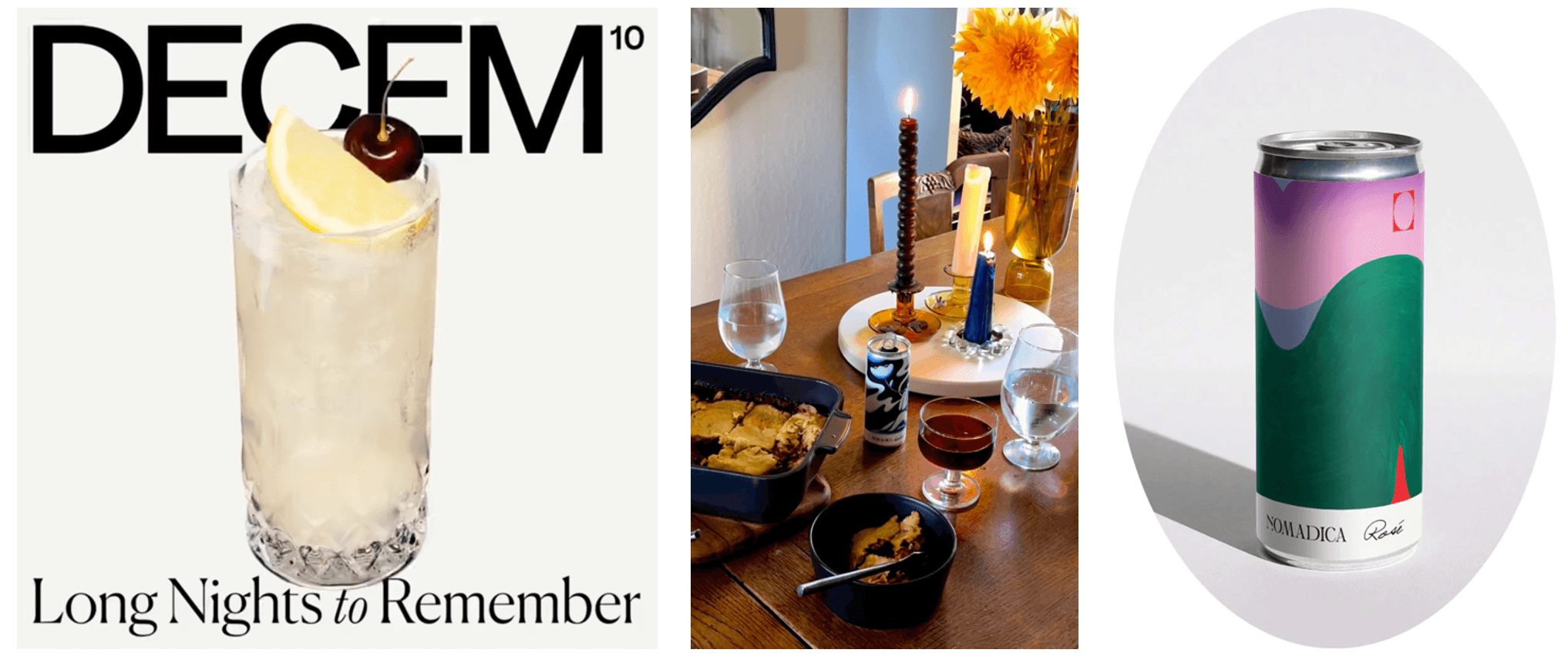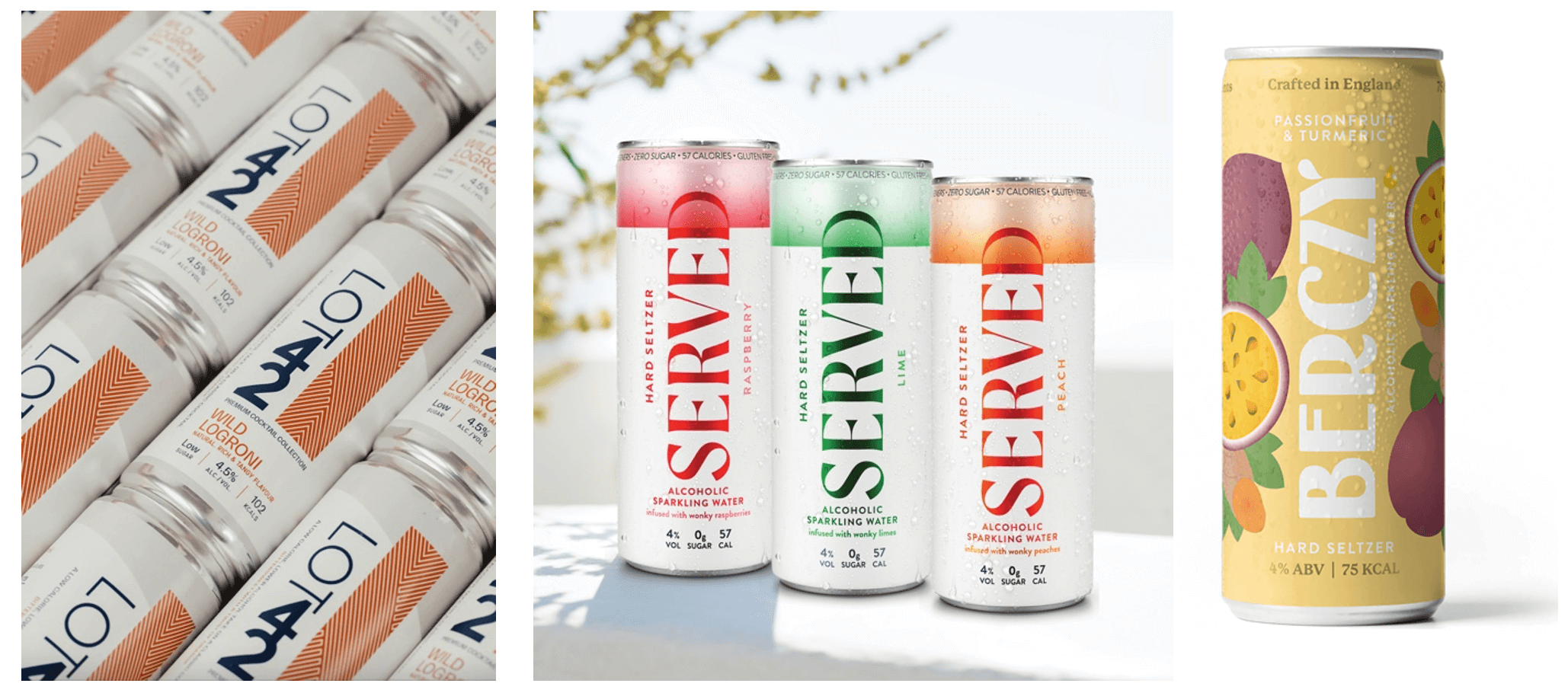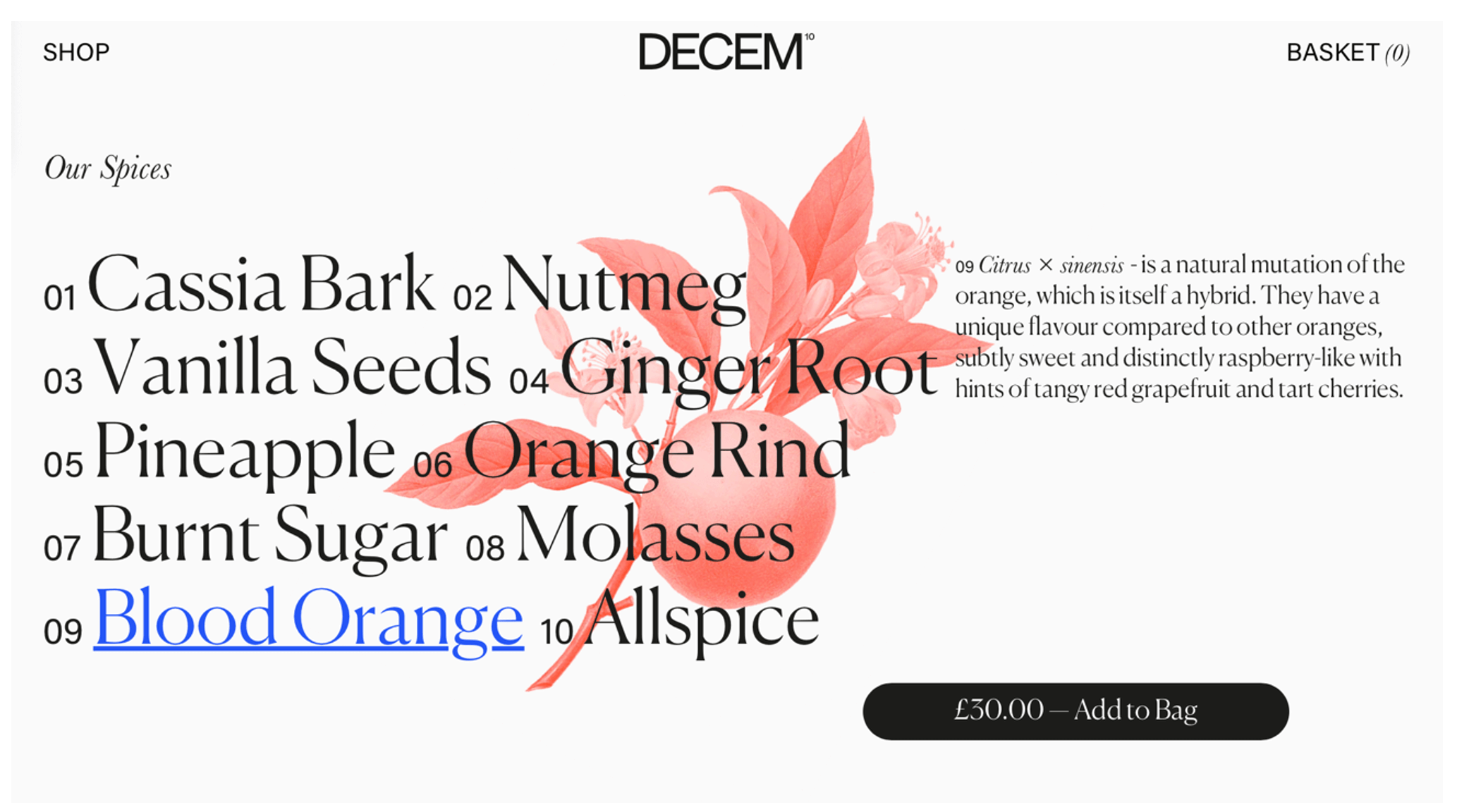Our Thoughts
Cocktail Culture How brands are rethinking healthier alcoholic drinks
Alcohol has long been framed as a fundamentally social drink – and fun, laidback socialising has often been framed as antithetical to sombre health-consciousness. In recent years, socialising has changed, carrying with it changes in alcohol innovation, branding and marketing.
Across categories, we’ve seen a cultural shift toward taking better care of one’s inner health, outer health (i.e. skincare, haircare), and self-confidence (NB this shift is not confined to Gen Z and Millennials). This more mindful approach has been catalysed by Covid-19, but was long-brewing before the pandemic, with rising awareness of mental health and the long-term impact of our lifestyle habits. Healthier alcoholic drinks tap into historic and dominant cultural associations with alcohol consumption, often creatively reinventing those norms to align with broader, shifting preferences.
De-gendering Drinks
Certain cultural archetypes of the early 2000s framed women who drink as indulging in a kind of guilty, joyful, at times glamorous indulgence (confessions over cocktails in Sex and the City; Bridget Jones finishing a bottle of wine in her pyjamas). Stereotypes of fictional men renowned for their drinking might have focused on an air of strength, tinged with fallibility (Mad Men’s Don Draper) or endearing missteps (Homer Simpson). Elsewhere, music, movies and advertising have associated luxury alcohol brands with social status and wealth, particularly for men.
More recently, our relationship to alcohol has been carefully examined in popular culture, with TV shows exploring addiction & recovery, and celebrities backing and launching non-alcoholic and lower-alcohol options. We need no longer associate alcohol with a ‘naughty’ indulgence (for women), nor associate sobriety and lower-alcohol options with spoiling the fun (for all genders). Emergently, low and no alcohol options have also ceased overt references to dieting for women consumers. Lower-alcohol spirits brand Decem celebrates living life to the fullest (e.g. “Long Nights to Remember”), not restriction and control. In the US, Nomadica canned wine comms offer hearty food pairings and packs that suggest creativity, adventure, and discovery (adding to “Nomad” in the brand name).

Left to right: Decem, Nomadica, Nomadica.
Essential Ingredient
We’re seeing more and more drinks promote the absence of preservatives, artificial sweeteners, and colours. Seltzer brands including Lot 42, Served, and San Su leverage a minimalist aesthetic to communicate that their products contain the absolute essentials, with no suspect additives.

Left to right: Lot 42, Served, Berczy.
In other cases, brands put more of a focus on what is included. Seltzer brand Berczy lets natural ingredients take a vibrant centre-stage on pack & in comms. Elsewhere, Decem champions in-depth understanding of the role of natural ingredients, the brand’s website calling out the nuanced flavour notes and origins of the ingredients in each bottle.

The problem with healthiness & premium-ness?
In a 2022 Men’s Health article on healthier ways to drink, Chris Mohr writes: “Everyone is different, but here’s what works for me: Be an alcohol snob.” Across lighter alcohol drinks, and drinks incorporating heathier ingredients, there are frequent signals of elevated, discerning taste. Served’s Instagram depicts rooftop bars and beach trips, along with packaging that says ‘the evian of seltzer’ (white backdrop, red lines, pink tints). Lighter alcohol spirit Decem frames itself as an alcohol that will “not impact an early meeting tomorrow”, along with offering an “exclusive” tasting club.
As with ‘clean’, wellness marketing across food categories, there’s often an emphasis on low alcohol as choice refinement and living ‘better’. With that, healthier alcoholic drinks tend to come at a significant price premium. Taking all this together, when lighter-alcohol brands refer to hangover-free productivity, there’s an implicit suggestion of white-collar productivity and cosmopolitan ambition. We might be moving beyond gender stereotypes in drinks advertising, but there are more subtle class associations that can still be disentangled and destabilized. Healthier options are not only for lavish brunches and evenings after urban office jobs. There’s a sizeable opportunity for healthier alcohol brands to bring everyone in.
3 key takeaways for brands
- Healthier alcohol drinks are not just for RTDs and seltzers – wine, beer, cider and spirits and a range of categories have been championing their lighter and healthier credentials (e.g. low/no sulphite wines; low-carb, low alcohol beers).
- Healthier alcoholic drinks can celebrate the adventure, discovery and memorability of occasions they enable – as well as the discovery of the power of natural ingredients and botanicals.
- Lower alcohol & healthier ingredients currently occupy a premium space. Can the healthier drinking category be diversified and expanded, moving away from associations with urban, high-end sophistication?
Katrina Russell, Associate Director

